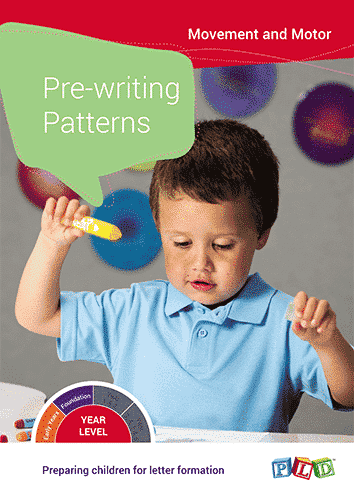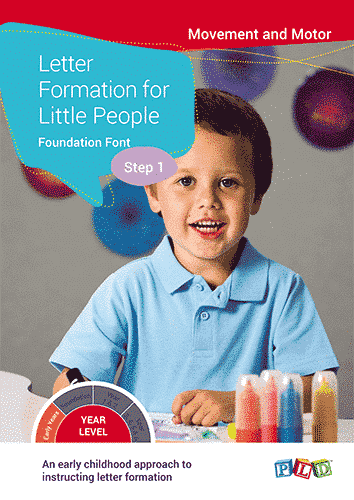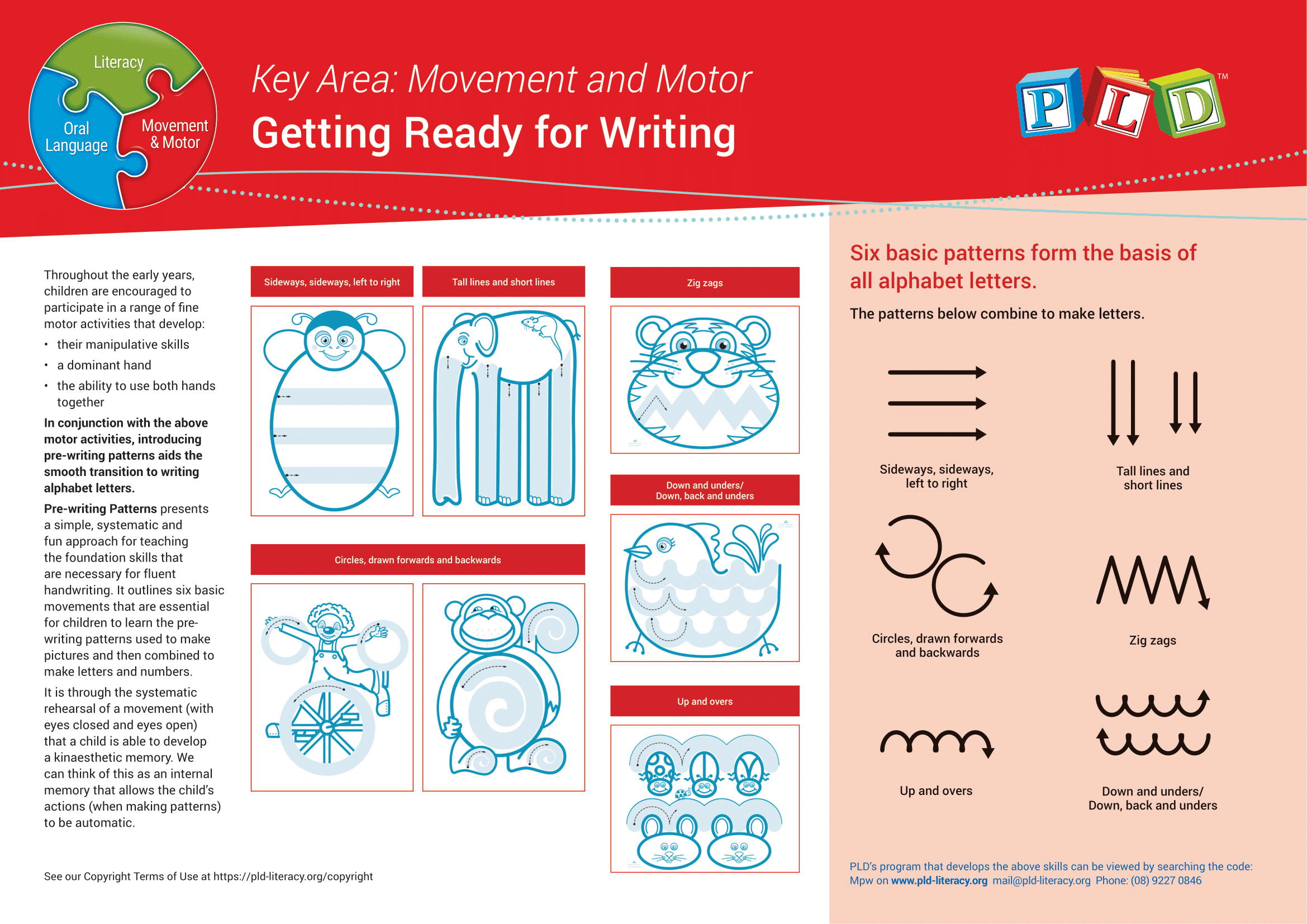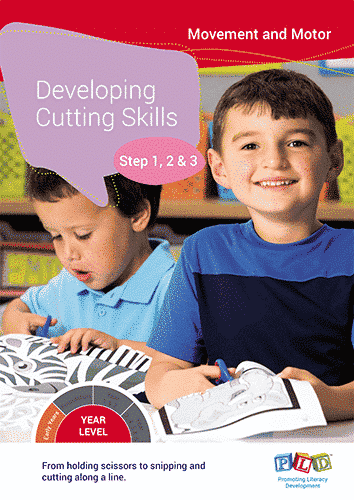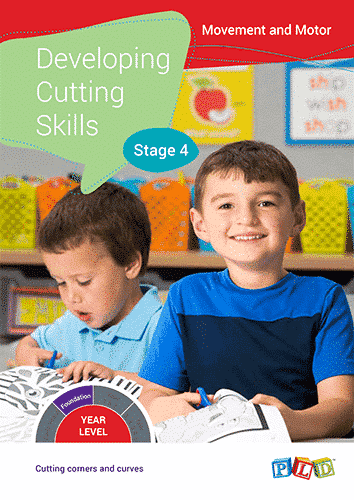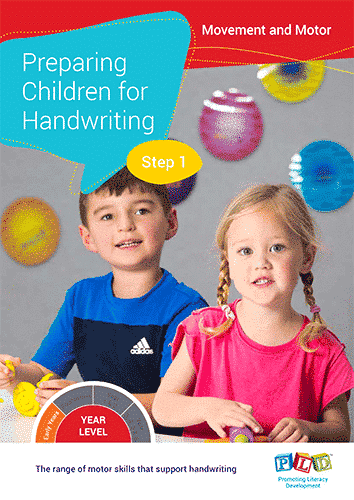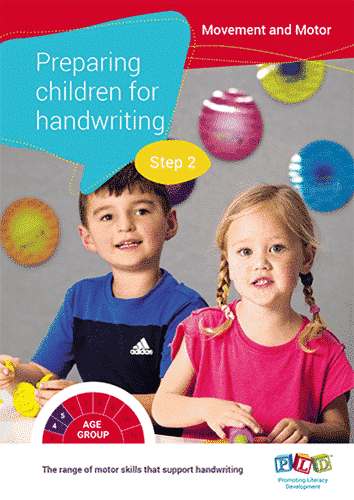Letter Formation & Motor Programs
With our increasing use of technology, is it necessary to teach children handwriting? Research suggests that the benefits of teaching handwriting go beyond simply writing. There is increasing evidence of a link between the fine motor skills required in handwriting and the development of cognitive skills which lay the foundation for later academic success. Research suggests that the process of forming letters activates neural pathways that are associated with strong reading skills. These brain connections are only made when children are engaged in handwriting activities, not when tracing or typing letters (James & Berninger, 2019).
Use the tabs below to skip ahead to the:
Letter Formation Foundation
Letter Formation Year 1 & 2
Letter Formation Additional
Motor Programs

Movement & Motor
The way students coordinate their body and use their muscles to respond to what they hear is a big part of literacy. Often, a physical response is required. A classic example is the ability to follow instructions and compose a written response. A range of physical skill development supports the functioning within a classroom and includes skills such as pencil grip, cutting skills, letter formation and handwriting.
Recommended Reading
- Recommended Reading 1: The Importance of Teaching Handwriting for Cognitive Development.
- Recommended Reading 2: The Importance of Handwriting for Literacy Development.



